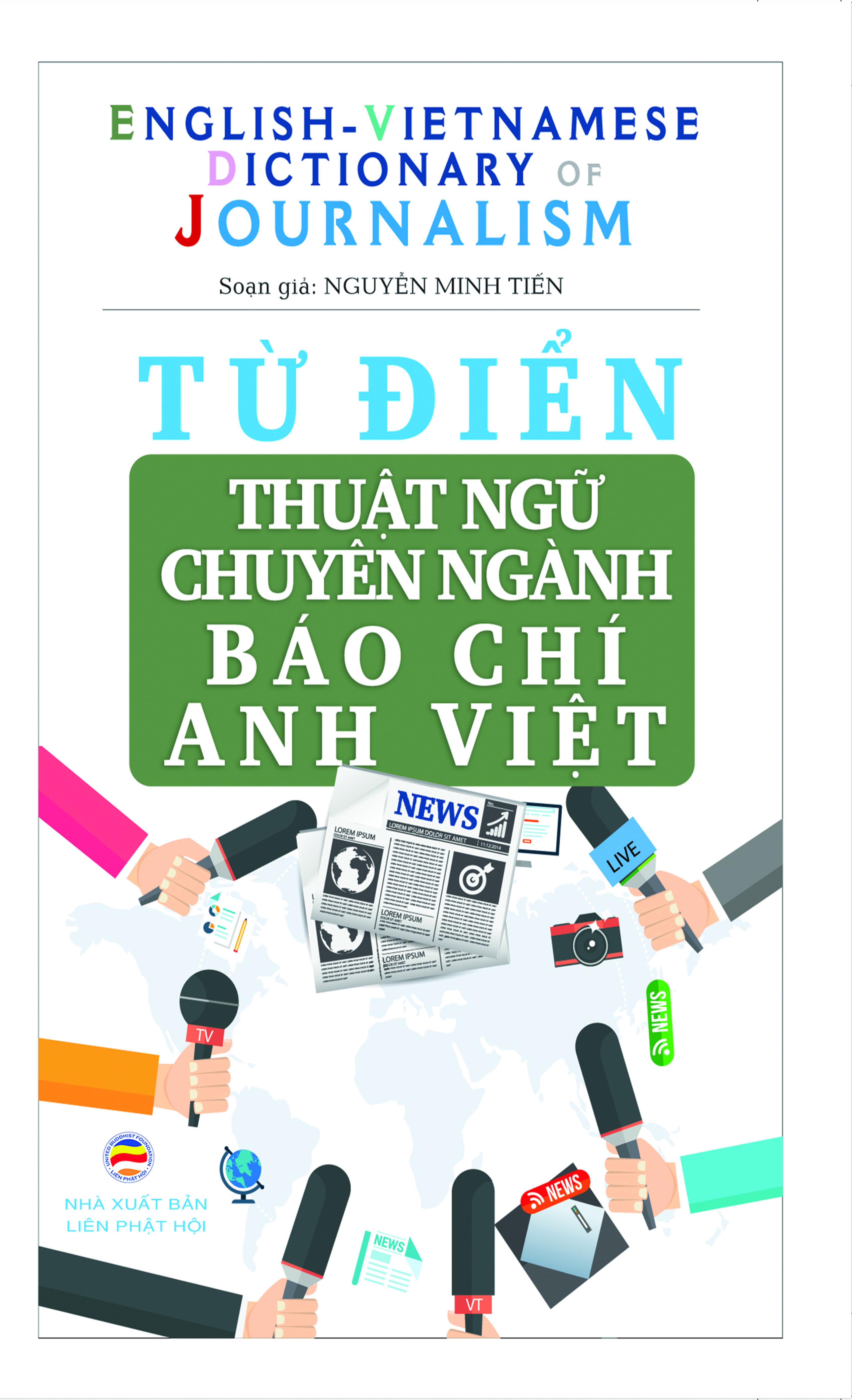Khi ý thức được rằng giá trị của cuộc sống nằm ở chỗ là chúng ta đang sống, ta sẽ thấy tất cả những điều khác đều trở nên nhỏ nhặt, vụn vặt không đáng kể.Tủ sách Rộng Mở Tâm Hồn
Sống trong đời cũng giống như việc đi xe đạp. Để giữ được thăng bằng bạn phải luôn đi tới. (Life is like riding a bicycle. To keep your balance you must keep moving. )Albert Einstein
Ai sống một trăm năm, lười nhác không tinh tấn, tốt hơn sống một ngày, tinh tấn tận sức mình.Kinh Pháp cú (Kệ số 112)
Đừng cư xử với người khác tương ứng với sự xấu xa của họ, mà hãy cư xử tương ứng với sự tốt đẹp của bạn. (Don't treat people as bad as they are, treat them as good as you are.)Khuyết danh
Chúng ta nên hối tiếc về những sai lầm và học hỏi từ đó, nhưng đừng bao giờ mang theo chúng vào tương lai. (We should regret our mistakes and learn from them, but never carry them forward into the future with us. )Lucy Maud Montgomery
Một số người mang lại niềm vui cho bất cứ nơi nào họ đến, một số người khác tạo ra niềm vui khi họ rời đi. (Some cause happiness wherever they go; others whenever they go.)Oscar Wilde
Thành công không phải điểm cuối cùng, thất bại không phải là kết thúc, chính sự dũng cảm tiếp tục công việc mới là điều quan trọng. (Success is not final, failure is not fatal: it is the courage to continue that counts.)Winston Churchill
Hãy dang tay ra để thay đổi nhưng nhớ đừng làm vuột mất các giá trị mà bạn có.Đức Đạt-lai Lạt-ma XIV
Chỉ có một hạnh phúc duy nhất trong cuộc đời này là yêu thương và được yêu thương. (There is only one happiness in this life, to love and be loved.)George Sand
Nghệ thuật sống chân chính là ý thức được giá trị quý báu của đời sống trong từng khoảnh khắc tươi đẹp của cuộc đời.Tủ sách Rộng Mở Tâm Hồn
Chúng ta không thể đạt được sự bình an nơi thế giới bên ngoài khi chưa có sự bình an với chính bản thân mình. (We can never obtain peace in the outer world until we make peace with ourselves.)Đức Đạt-lai Lạt-ma XIV
Trang chủ »» Danh mục »» TỦ SÁCH RỘNG MỞ TÂM HỒN »» The Buddha and His Disciples »» The Order Of Monks And Nuns »»
The Buddha and His Disciples
»» The Order Of Monks And Nuns
 Xem Mục lục
Xem Mục lục  Vietnamese || Đối chiếu song ngữ
Vietnamese || Đối chiếu song ngữ
- none
- Introduction
- The Land Of The Rose Apple
- The Sakyans
- What Was The Buddha Like?
- The Teacher Of Gods And Men
- »» The Order Of Monks And Nuns
- The Two Chief Disciples
- Ananda – The Man Whom Everybody Liked
- Angulimala - The Murderer Who Became A Saint
- Anāthapindika – The Feeder Of The Poor
- Crisis In Kosambi
- The Son Of The Enlightened One
- Famous Lay Disciples
- Ajatasattu And Devadatta

2. After he became the Buddha, he saw the need for a fraternity of ascetics devoted to helping others attain enlightenment and to transmit the Dhamma throughout space and time. Consequently, like other teachers, he founded a community of monks (bhikkhu sangha), an autonomous legal body with its own rules and regulations. The Buddha changed the structure and rules of the Sangha as new situations arose and in the Vinaya Pitaka we get a picture of this gradual evolution. Over the centuries, while great empires have come and gone, the Sangha has survived and flourished, acting as a quiet witness to how the Dhamma should be lived and as a medium for the spread of civilisation throughout Asia.
3. To become a novice (samanera) in the Bhikkhu Sangha, all that was needed was to approach a monk of at least ten years standing and ask to be accepted. The realisation that led to the decision to renounce the world often came as a result of hearing the Buddha’s teaching and was usually expressed like this:
“The household life is confined and dusty, going forth from it is freeing. It is not easy for one who lives in the home to live the holy life perfectly complete, perfectly pure and polished like a conch shell. Suppose that I cut off my hair and beard, put on the yellow robe and go forth from home into homelessness?”1
After the candidate had shaved his head and put on his robe, he had to live by the Ten Precepts. The Buddha allowed even small boys to be ordained as novices. After a novice had received sufficient training and was at least 20 years of age, he could take his full ordination (upasampadà) and become a monk (bhikkhu). To do this, he would have to approach an assembly of ten monks or more of at least ten years standing who were respected for their learning and virtue. The candidate would then be asked eleven questions to determine his suitability, his motives and his readiness.
(1) Are you free from disease?
(2) Are you a human being?
(3) Are you a man?
(4) Are you a free man?
(5) Are you free from debt?
(6) Do you have any obligations to the king?
(7) Do you have your parents’ permission?
(8) Are you at least twenty years of age?
(9) Do you have your bowl and robe?
(10) What is your name?
(11) What is your teacher’s name?
If the candidate answered these questions satisfactorily, he then requested higher ordination three times and if no one raised any objections, he was considered a monk.
4. Buddhist monks called themselves and were known by others as The Sons of the Sakyan (Sakyaputta). A monk could use property belonging jointly to the monastic community, but he himself could only own eight requisites (atthapirika). They were
(1) an outer robe (cãvara),
(2) an inner robe,
(3) a thick robe for the winter,
(4) an alms bowl with which he gathered his food,
(5) a razor,
(6) a needle and thread,
(7) a belt, and
(8) a water strainer to purify water and remove tiny creatures from it.
A monk was expected to take everything he owned with him whenever he went on a journey “just as a bird takes only its wings with it whenever it goes”.2
5. If people wished to give a gift to a monk, he could accept only food or any of those eight requisites, anything else – land, a building, cloth or grain, etc – could only be accepted on behalf of the whole community and thus became the property of all. On becoming a monk, one was obliged to follow the Patimokkha, the two hundred and twenty-seven rules, which governed the discipline and functioning of the Sangha. The rules were divided into eight categories according to the punishment required if they were infringed. The most important rules were the four Parajika which, if a monk broke, he was automatically expelled from the Sangha and could not be ordained again in the future. They were
(1) sexual intercourse,
(2) theft,
(3) murder, and
(4) falsely claiming to have psychic powers or spiritual attainments.
The word parajika literally means ‘defeat’ and means that the person who has broken any of these rules has been defeated by his desire, hatred or pride. Other important rules were the thirteen Sanghadisesa, which if infringed, required confession, and Nissaggiya Pacittiya, thirty rules concerning possessions, which if infringed, were punished by confiscation of the possessions. Other rules governed etiquette, settlement of disputes and administration. Because these rules, all of which are now recorded in the Vinaya Pitaka, were meant to be ways of maintaining discipline and solving the problems that always arise when people live together, they are not absolutes. The Buddha said that they could be changed or modified according to circumstances. Before he attained final Nirvana, he said to the monks, “If they wish, the Sangha may abolish the minor rules after my passing.”3
6. Like all ascetics of the time, Buddhist monks spent most of the year wandering from place to place. This mobility gave the monks the opportunity to meet with large numbers of people to whom they could teach the Dhamma and it also guaranteed that they could not accumulate property. However, one of the rules for monks was that they had to settle down and stay at one location for the three months of the rainy session (vassa). This period of staying put was necessitated by the fact that any travel was difficult during the rainy season, but the monks used it as an opportunity for intensified meditation. The number of such periods of meditation retreat a monk had had was a mark of his maturity and experience and then, as now, when monks met each other they would ask each other: “How many rains (vassa) have you had?”
7. To maintain discipline and strengthen common values in the Sangha, it was necessary for the monks to have a communal life in which everyone participated. Certain areas called constituencies (sima) were demarcated and all monks living within that area would come together twice a month, the meeting being called the Uposatha. During the Uposatha, the Patimokkha would be recited, breaches of discipline were confessed and punishment meted out, matters concerning the community were dealt with and of course the Dhamma was discussed. If decisions had to be made, each monk could voice his opinion and had the right to vote on the decisions. The Uposatha had an important role to play in reaffirming the Sangha’s identity, strengthening fellowship, and in particular, in preserving and transmitting the Dhamma.
8. At first there were no nuns, but as the Dhamma became more popular and widespread, women gradually became more interested in leading the monastic life. During one of the Buddha’s visits to Kapilavatthu, just after his father had died, Maha Pajapati Gotami, his foster mother, approached him and asked if she could be ordained. The Buddha refused and Maha Pajapati Gotami went away in tears. After the Buddha left Kapilavatthu for Vesali, she shaved off her hair, put on a yellow robe and set out for Vesali also. She arrived covered with dust, with her feet cut and swollen, and with tears streaming down her cheeks. She asked Ananda to approach the Buddha and ask him once again if she could be ordained. And again he refused. Ananda felt sorry for Maha Pajapati Gotami and decided to intercede on her behalf. First he asked the Buddha if women had the same spiritual potential as men. The Buddha replied:
“Women, having gone forth from home into homelessness in the Dhamma and discipline taught by the Tathagata, are able to realise the fruits of Stream-Winning, of Once-Returning, of Non-Returning and of Arahantship.”
Then Ananda asked the Buddha to consider how helpful his foster mother had been to him.
“Lord, if women can realise the same states as men, and as Maha Pajapati Gotami was of great service to you – she is your aunt, your foster mother, your nurse, she gave you her milk and suckled you when your mother died – therefore, it would be good if women would be allowed to go forth from home into homelessness in the Dhamma and discipline taught by the Tathagata.”
9. The Buddha finally agreed but stipulated that nuns would have to live by some extra rules. The special rules for nuns were
(1) in matters of respect and deference, a monk always had precedence over a nun,
(2) a nun must spend the rains retreat in a place separated from monks,
(3) nuns must ask monks for the date to hold the Uposatha and about teaching the Dhamma,
(4) when a nun did wrong she must confess it before the community of both nuns and monks,
(5) a nun who broke an important rule must undergo punishment before both the nuns and the monks,
(6) a nun must be ordained by both an assembly of nuns and of monks,
(7) nuns must not abuse or revile a monk, and
(8) a nun must not teach a monk.
Maha Pajapati Gotami accepted these extra rules, and so the Order of Nuns (bhikkhuni sangha) was inaugurated.4
10. However, the Buddha seems to have thought that with both males and females together, maintaining celibacy (brahmacariya), an important aspect of the monastic life, would be difficult. He later said that now that there were monks and nuns, a celibate order would only last for five hundred years. Interestingly enough, his prediction proved to be fairly accurate. By the 7th century CE, certain groups of monks were beginning to marry, a trend that, along with other circumstances, eventually led to the decline of Buddhism in India. Fortunately, in most Buddhist countries, monks and nuns continue to practise celibacy and uphold the original values of the monastic life.
TỪ ĐIỂN HỮU ÍCH CHO NGƯỜI HỌC TIẾNG ANH
DO NXB LIÊN PHẬT HỘI PHÁT HÀNH
Mua sách qua Amazon sẽ được gửi đến tận nhà - trên toàn nước Mỹ, Canada, Âu châu và Úc châu.
Quý vị đang truy cập từ IP 216.73.216.124 và chưa ghi danh hoặc đăng nhập trên máy tính này. Nếu là thành viên, quý vị chỉ cần đăng nhập một lần duy nhất trên thiết bị truy cập, bằng email và mật khẩu đã chọn.
Chúng tôi khuyến khích việc ghi danh thành viên ,để thuận tiện trong việc chia sẻ thông tin, chia sẻ kinh nghiệm sống giữa các thành viên, đồng thời quý vị cũng sẽ nhận được sự hỗ trợ kỹ thuật từ Ban Quản Trị trong quá trình sử dụng website này.
Việc ghi danh là hoàn toàn miễn phí và tự nguyện.
Ghi danh hoặc đăng nhập
... ...


 Trang chủ
Trang chủ






